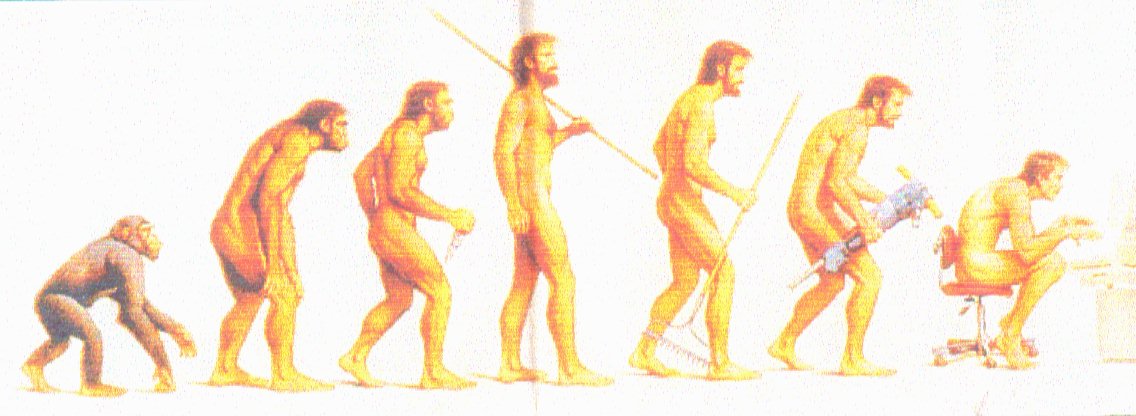
The Evolution of Education in Bristol

By Kathryn
The Bristol school system has come a long way in the last 245 years. Not only have there been many changes in school districts and building locations, but in curriculum development, which reflects our ever-changing world. Bristol schools have, in so many ways, evolved for the benefit of each student. From the very first academy on the Federal Hill green, to the newly developed Chippens Hill Middle School, education has been a very important part of the Bristol community and its ever-changing youth.
| In 1754, Bristol gave birth to two schools, one on the Federal Hill green and the other on Chippens Hill. In both of these schools, the subjects that were taught were decided upon based on the interests of their instructors, most of whom were Yale graduates. However, two subjects were deemed essential: Latin and Greek. | |
| Experiencing growing pains, the schools, in 1768, were divided for the first time into five districts, which were very flexible to provide students with easy access to a school. These districts were the north, northwest, northeast, south, and southwest sections of the town. | |
| For the next 100 years, there was limited centralized supervision of our schools. It wasn't until in 1856 that the entire community rallied around the well respected instructor, Rev. Leverett Griggs. This gentleman taught many subjects in the schools, such as botany, bookkeeping, chemistry, popular science, philosophy, Greek and Latin. | |
| To help develop the curriculum, it was recommended by the School Visitor in 1871 to have at least 20 minutes of vocal music. Vocal muscles were needed to be developed as well as any other muscles. In school reports of this time, calisthenics, proper ventilation, and physical drills were also found. | |
| John Jennings arrived in Bristol in 1882, and with him came many changes to the schools. The first high school graduation took place in 1885. He also established a night school, where classes such as English, bookkeeping, commercial arithmetic, writing and German were offered. | |
| By 1883, the high school had a three year plan. First year students took algebra, English, American Literature, physics, and geography. Second year students were offered geometry, bookkeeping, commercial arithmetic, rhetoric, physics, Virgil and general history. For third year pupils, English grammar, English and American literature, government and constitution, chemistry, general history, and English history were studied. A few years later, more subjects were added as the high school was now increased to four years. | |
| By 1888, the population was so large that a new high school was a necessity. At a town meeting, it was decided upon where to build the school. They recommended the corner or Summer and Center Streets. | |
| Mr. Cottle commented on the need for a new school in 1918, but little action was taken on that matter. Albert F. Rockwell donated much land and money for this project. Twice, the plan faced controversy, but the influential Rockwell eventually got the building he was looking for. Named Bristol High School at the time, it now stands as the Memorial Boulevard Middle School. | |
| In 1923, there was a growing need for industrial and vocational courses. Girls were offered cooking, dressmaking, costume designing, and home economics, while the boys were offered no manual training. So, Superintendent Reiche developed a vocational course for boys. It consisted of valuable, first-hand machine instruction, and also practice in local factories. | |
| By 1936, American history would be required of all students. Civilizations were being studied rather than histories; sociology and economics, rather than languages. More home responsibilities were being shifted towards the schools. In 1940, the sciences were becoming a more important part of the curriculum in all of the schools. | |
| During the 1950's, many schools of all types were either built or refurbished. Bristol Eastern opened up in 1959, and in 1967, the new Central High School opened on Wolcott Street. The old Bristol High was turned into the Memorial Boulevard Middle School. | |
| Many great changes have occured in all Bristol schools. From the increase in student populations and personnel, to the ever expanding curriculum, education in Bristol will continue to evolve in response to our ever changing world. |
Sources:
Clovette, Bruce and Roth, Matthew. Bristol, Conn.: A Bicentennial History.
"History of Bristol Schools From Days of First Academy to Present Day School Systems." Bristol Press, Sept. 22, 1939. p1-3.
Jennings, John (obituary).
Peck, Epaphroditus. A History of Bristol Conn.
"School System Had Its Origin Way Back In 1728." Bristol Press, Oct. 16, 1961. p37a-48a.
Zebrowski, Helen. Bristol Schools and How They Grew. Trinity College, 1956.